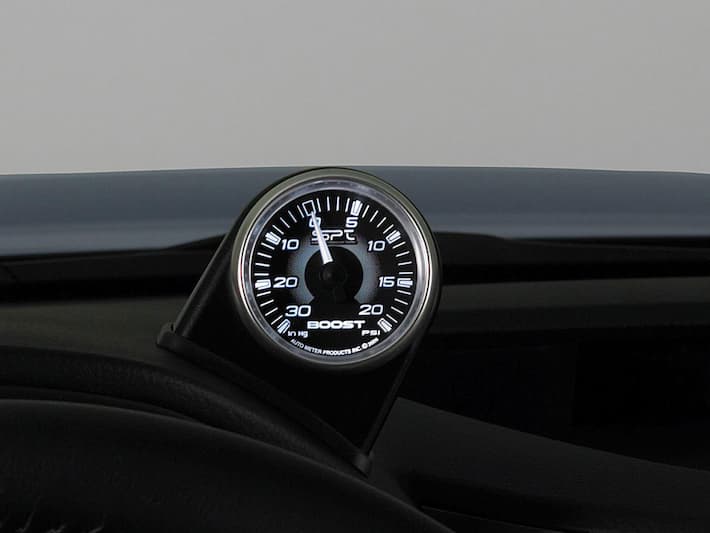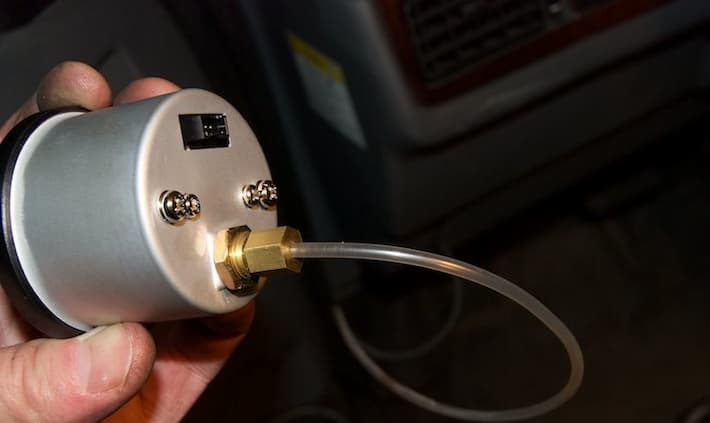You won’t find a carmaker on the Aussie market that doesn’t have a least one turbocharged model in the lineup. Turbocharging is certainly the direction in which the industry is going, along with smaller displacement engines. Some may be fuming that big V8s are now V6s and what used to be an inline 6, now is a turbo-charged 4 pot. Downsizing has hit engines, but not performance. At least not without a turbo.
Turbochargers are nothing new. They’ve been in the car industry for well over 50 years, but now they’ve become more mainstream than you think. Take an Aussie favourite – utes. Lower trim levels are reserved for naturally aspirated petrols, while the big boys get a torquey turbo diesel, often driving all four wheels. Low-down torque is what you want, and the turbo kicks in early in the rev range. Modern engine management decimates what was once the plague of early turbos, turbo lag, to give drivers smooth, linear acceleration.
Stock turbos need little maintenance. Everything works as it should, as long as you observe regular service intervals. But for anyone hitting the trials and dirt regularly, and for those that have fitted a few performance upgrades, like a bigger turbine, you’ll want something to monitor what your engine is doing, and how it is coping with the increased boost. Useful additions to have in cases like these are boost gauges.
What are Boost Gauges?

Boost gauges are pressure instruments used to monitor the compression and vacuum levels in engines fitted with a turbo. This is particularly important in modified cars with bigger and faster-spooling turbos. Keeping an eye on how much air is forced into the intake valves will let you use the most available power in a range of conditions, without blowing the engine to pieces. Data is displayed in Pounds Per Square Inch or PSI, either as a digital readout on electronic displays, or a dial with a needle. Boost gauges are commonly installed in driver’s side pillar pods, along with gauges that monitor oil pressure and exhaust gas and/or coolant temperatures.
How Does a Boost Gauge work?

Boost is the air that is forced into the engine at a higher pressure than the normal ambient air in what is known as forced induction. A boost gauge is tasked to monitor how low or high that pressure is. It does this with an airtight tube placed in the intake manifold, or more precisely in the air duct leading to the throttle body. This tube allows for very small amounts of air to flow from the throttle body to the gauge itself, and to display a reading. In the case where the turbo is yet to engage, there is a vacuum present in the tube, and the numbers in PSI are very low, or even negative. When you apply the acceleration pedal and the turbo starts spooling, there is an increase in air pressure. Moderate boost levels range around 15-20 PSI, depending on engine and turbine combination, with gauges topping out at 35 PSI.
Types of Boost Gauges
Here I’ve described a mechanical boost gauge. There are also electronic boost gauges that work on the same principle, but instead of an airtight tube, use a sensor. The sensor converts pressure measurements into an electronic signal and sends this to a control unit, which is tasked to interpret the signal and display a digital readout. Both mechanical and electronic boost gauges are accurate, but you might prefer one type over the other.
You may also want more oomph from the engine when the turbo starts spinning. Devices that allow you to manipulate the level of boost, called boost controllers, in effect work by modifying how the wastegate actuator valves work. This is part of the turbo that controls the amount of exhaust gases that make their way to the turbine. Allowing the valve to stay closed for longer increases pressure. And the opposite happens when the valve is open for longer and earlier. Like boost gauges, there are electronic and mechanically operated boost controllers.
Benefits of Boost Gauges

The obvious reason you’d want to have a boost gauge in plain sight while driving is safety. Especially with a fitted boost controller and with modified or bigger aftermarket turbos. Too much exhaust pressure and air coming into the turbine can see it work past its limits and cause serious damage. You’ll risk a blown head gasket, coolant loss, oil contamination and finally blowing the turbo and ruining the engine. Monitoring the rate of boost while you drive allows you to make better use of power from the turbine in conditions where you need it most, without running the risk of engine damage. This will tell you when you can be harder on the acceleration pedal, and when you need to back down.
Automotive boost gauges can be used on their own, or as is more often the case, combined with other gauges. Higher pressures mean more heat, so there’s a need to ensure that the engine is properly lubricated and cooled. Here look for oil pressure and coolant gauges. Managing exhaust temperatures, meanwhile, is done with an EGT gauge. If you have a bigger turbo installed, you also need a way to get more fuel in. The logical step is to change out the stock fuel injectors for something bigger. And a fuel ratio gauge to ensure you’re getting the power you expect.



